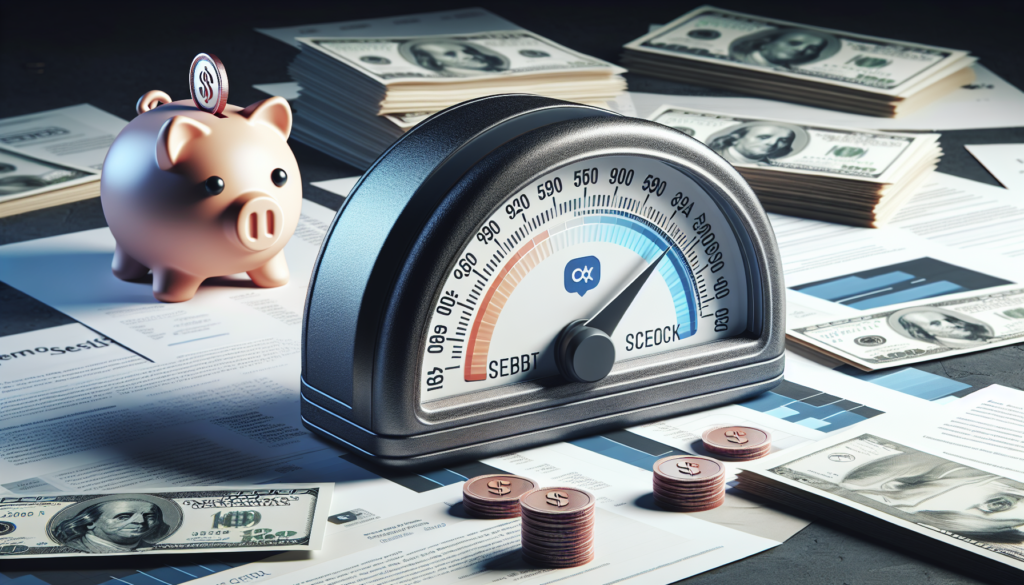
Rebuilding credit after bankruptcy is a gradual process, and the time it takes can vary based on individual circumstances and efforts. Here’s a general timeline and steps involved in rebuilding credit after bankruptcy:
- Immediate Aftermath (0-1 Year):
- Credit Score Drop: Initially, your credit score will take a significant hit after bankruptcy. For Chapter 7, this can be around 200 points or more, depending on your original score.
- Review Credit Reports: Ensure your credit reports accurately reflect your discharged debts as having a zero balance to avoid them negatively impacting your score further.
- Short-Term Rebuilding (1-2 Years):
- Secured Credit Cards: Consider obtaining a secured credit card, where you deposit money as collateral, which typically becomes your credit limit. Use it for small purchases and pay off the balance in full each month.
- Credit Builder Loans: These are small loans where the amount you borrow is held in a bank account while you make payments. It’s designed to help you build credit and save money simultaneously.
- Mid-Term Rebuilding (2-4 Years):
- Unsecured Credit Cards: As your credit improves, you might qualify for unsecured credit cards. Choose cards with no annual fees if possible, and continue practicing good credit habits.
- Installment Loans: If you need a car or a personal loan, these can also help rebuild credit. Ensure that any loans you take are manageable and within your budget.
- Long-Term Rebuilding (4-7 Years):
- Credit Mix and History: Diversifying your credit with different types of credit (revolving, installment) can improve your score. Continue maintaining a history of on-time payments and responsible credit use.
- Monitor Your Credit: Regularly check your credit reports for inaccuracies and to track your progress. You’re entitled to a free report from each of the three major credit bureaus once a year.
- Post-Bankruptcy Milestones:
- Chapter 7 Discharge on Credit Report: Chapter 7 bankruptcy will fall off your credit report 10 years after filing, while Chapter 13 will fall off 7 years after filing.
- Gradual Score Improvement: You might see your credit score start to recover within 2 to 3 years after bankruptcy, with more significant improvements as you approach the 7 to 10-year mark.
- Maintaining Good Credit Habits:
- On-Time Payments: Always pay your bills on time, as payment history is a significant factor in your credit score.
- Credit Utilization: Keep your credit card balances low compared to your credit limits. A lower credit utilization ratio is better for your score.
- Financial Education:
- Learn and Adapt: Use this time to educate yourself about personal finance and credit management to avoid future financial distress.
Rebuilding credit after bankruptcy is a journey that typically spans several years. By adopting and maintaining good credit habits, you can gradually improve your credit score. While the bankruptcy will impact your credit initially, consistent effort can lead to a restored and even improved credit profile over time.

Credit After Bankruptcy Filing

Get a Free Bankruptcy Case Evaluation